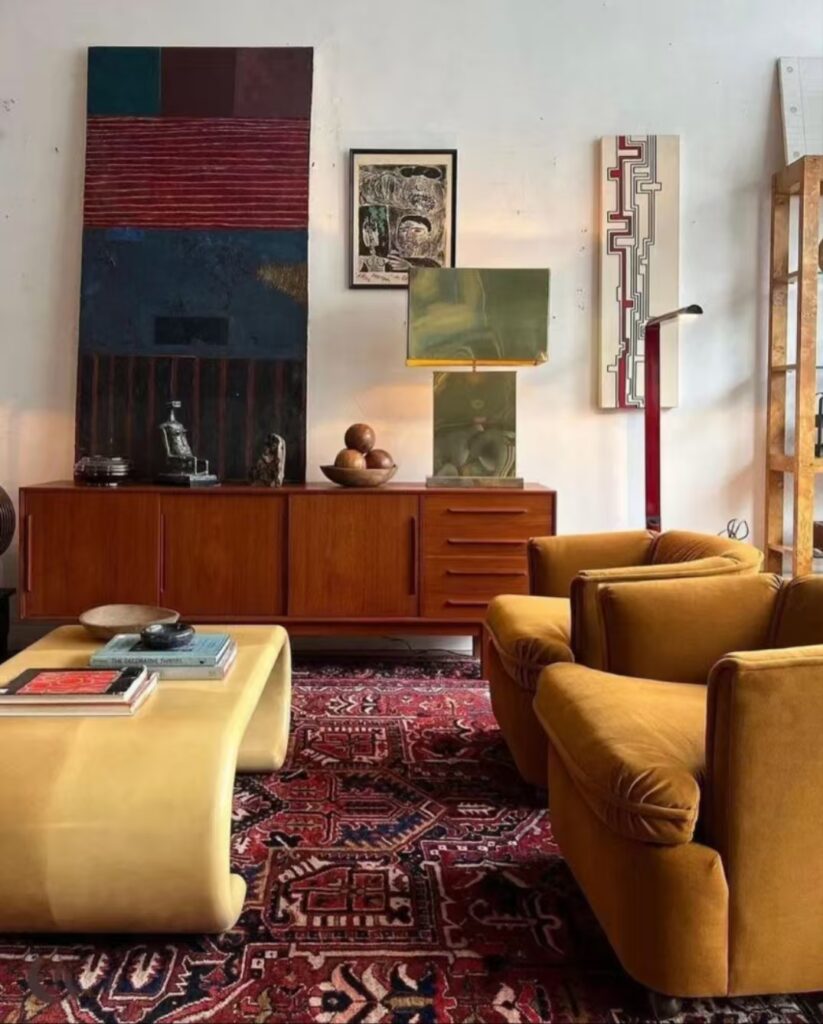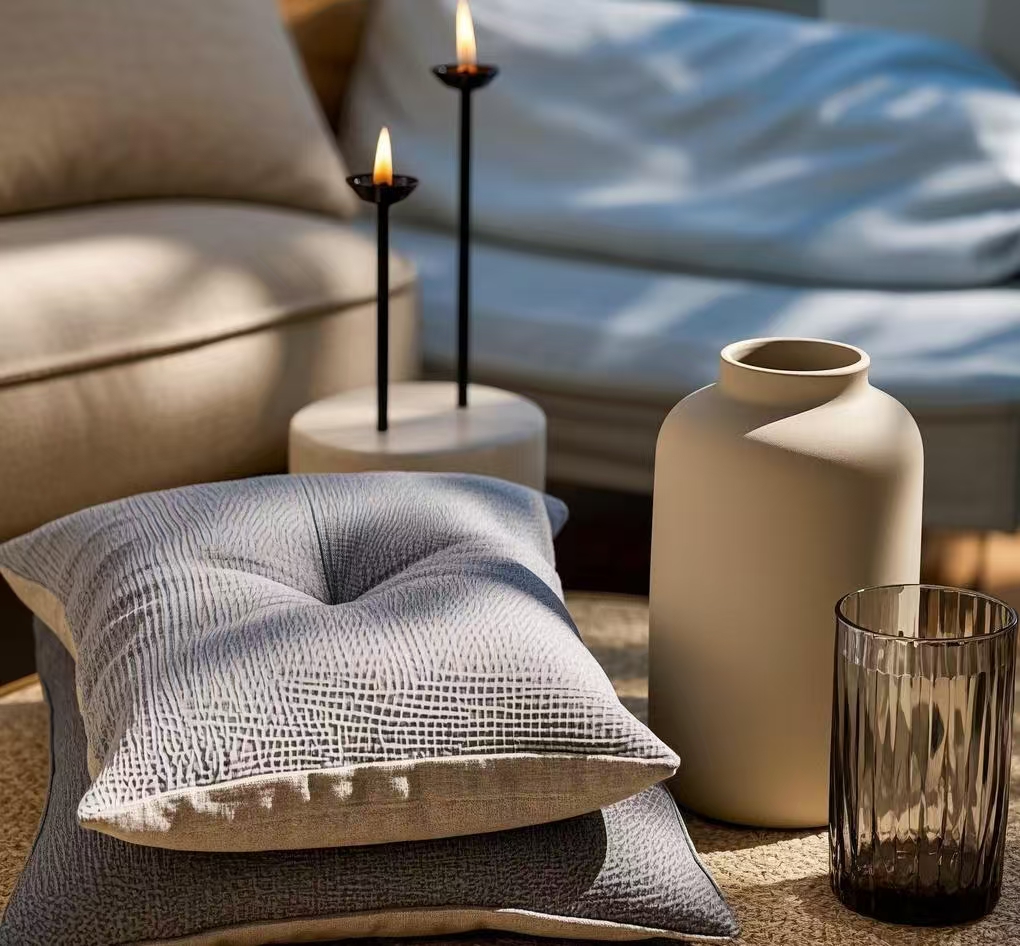
Tapestry is more than just a form of textile art—it’s a timeless medium that weaves together history, culture, and creativity. From ancient civilizations to modern interiors, tapestries have adorned walls, told stories, and captured the imagination of people across the globe. Let’s unravel the rich tapestry of this fascinating art form.
A Brief History of Tapestry
Tapestry-making dates back thousands of years, with some of the earliest examples found in ancient Egypt and Peru. However, it was during the Middle Ages and Renaissance that tapestries reached their peak in Europe. These intricate works of art were not only decorative but also served practical purposes, such as insulating cold stone walls in castles and palaces.
Famous tapestries like The Lady and the Unicorn series and The Bayeux Tapestry are celebrated for their exquisite craftsmanship and storytelling. They depict scenes of mythology, religion, and historical events, offering a glimpse into the lives and values of the people who created them.
The Art of Weaving
Creating a tapestry is a labor-intensive process that requires skill, patience, and creativity. Traditionally, tapestries are woven on a loom, with weavers using colored threads to create intricate designs. Unlike paintings, where colors are mixed on a palette, tapestry artists must plan their color schemes carefully, selecting threads that will blend harmoniously when woven together.
The process is slow and meticulous, often taking months or even years to complete a single piece. Yet, the result is a durable and vibrant artwork that can last for centuries.
Tapestry as Storytelling
One of the most captivating aspects of tapestries is their ability to tell stories. Before the advent of printed books, tapestries served as visual narratives, depicting battles, religious scenes, and everyday life. They were often commissioned by royalty and nobility to showcase their power, wealth, and cultural sophistication.

Even today, tapestries continue to tell stories, though the themes have evolved. Modern tapestries explore abstract concepts, personal experiences, and social commentary, proving that this ancient art form remains relevant and dynamic.
Tapestry in Modern Times
While tapestries are no longer a necessity for insulating walls, they have found a new place in contemporary art and interior design. Modern artists like Grayson Perry and Sheila Hicks have pushed the boundaries of tapestry, blending traditional techniques with innovative materials and themes.
In homes, tapestries are cherished for their ability to add warmth, texture, and personality to a space. Whether it’s a vintage piece or a modern creation, a tapestry can transform a room into a gallery of woven art.
Why Tapestry Matters
Tapestry is more than just decoration—it’s a testament to human creativity and perseverance. Each thread represents hours of dedication, and each design carries a piece of history or a personal story. In a world dominated by mass-produced goods, tapestries remind us of the value of handmade art and the beauty of slowing down to create something meaningful.


